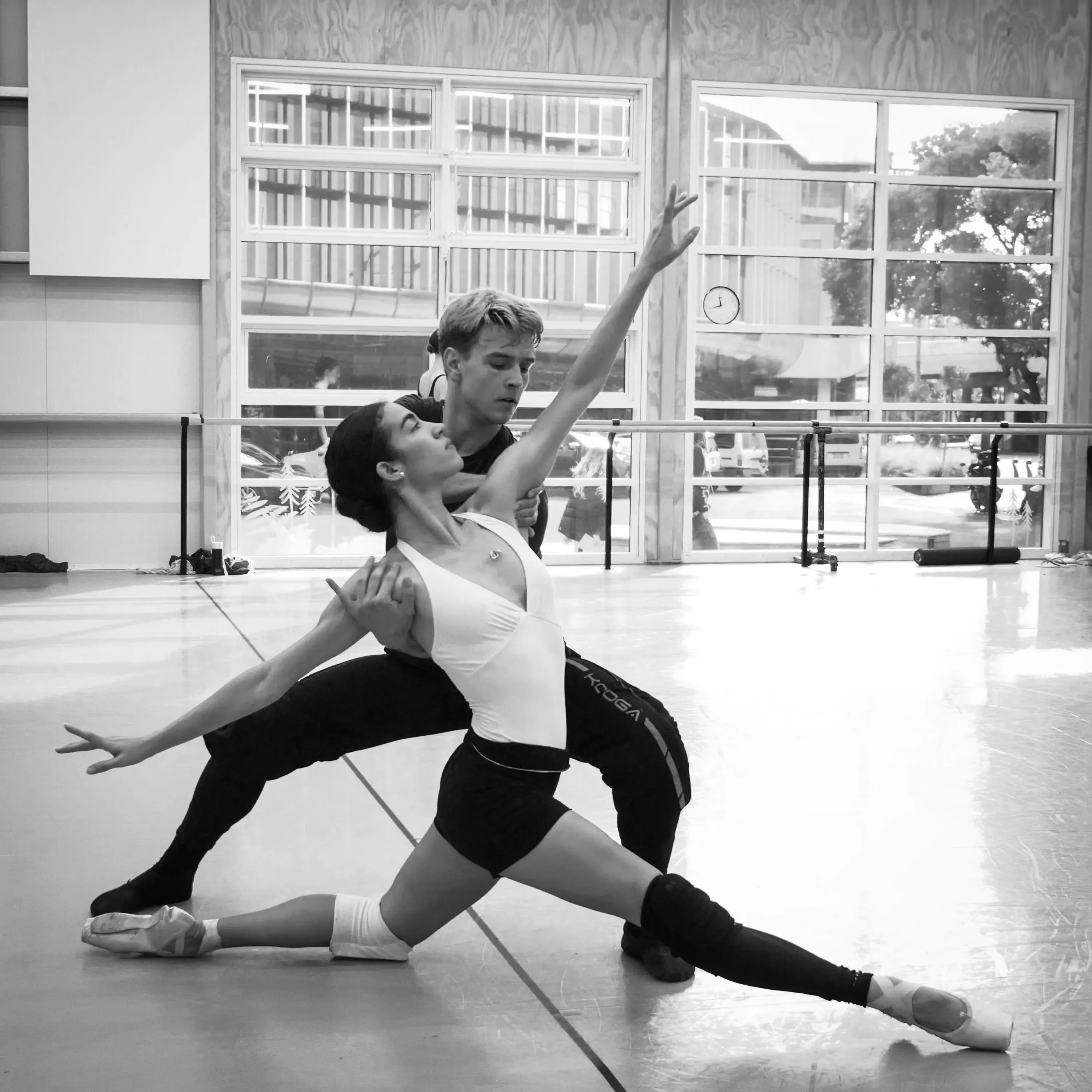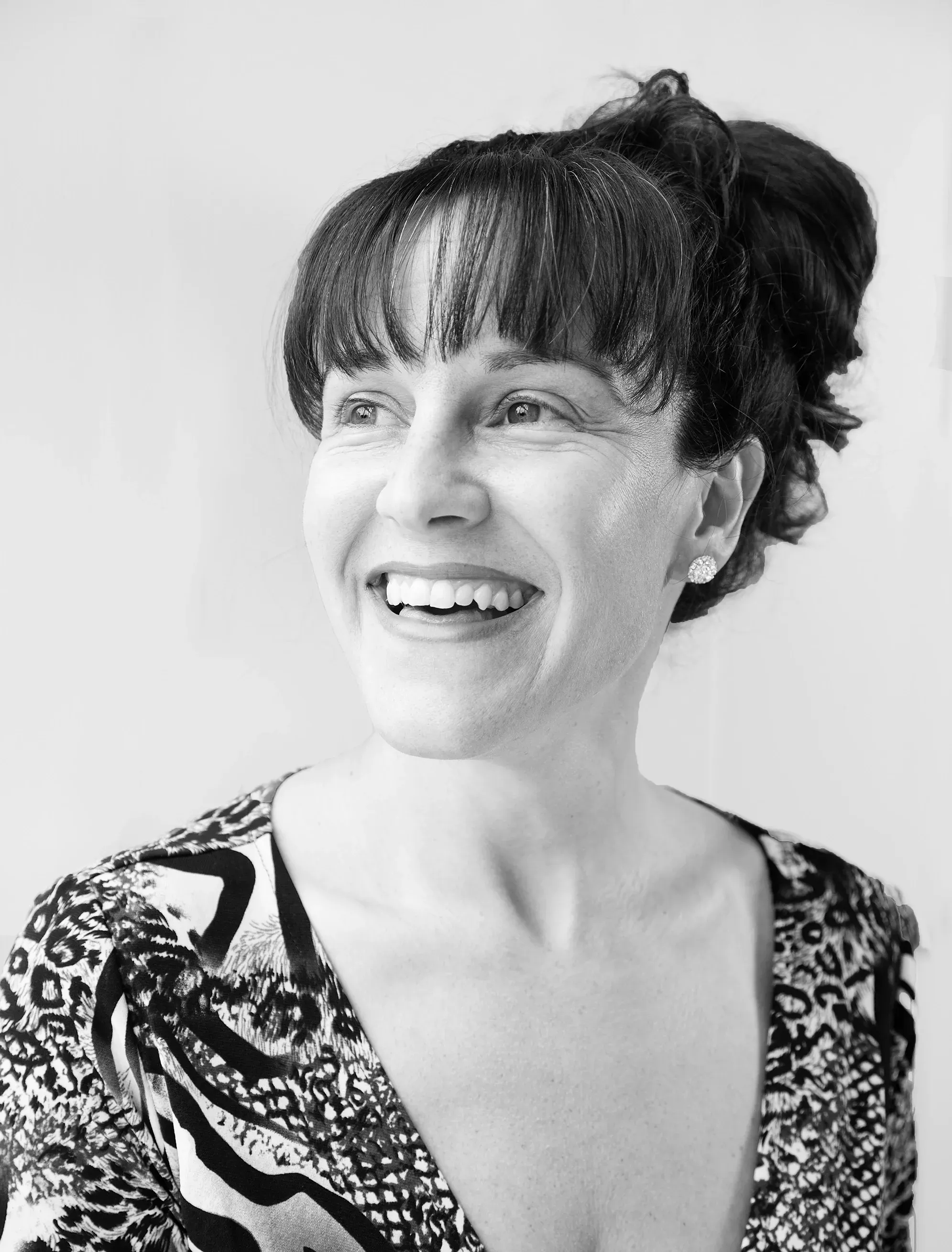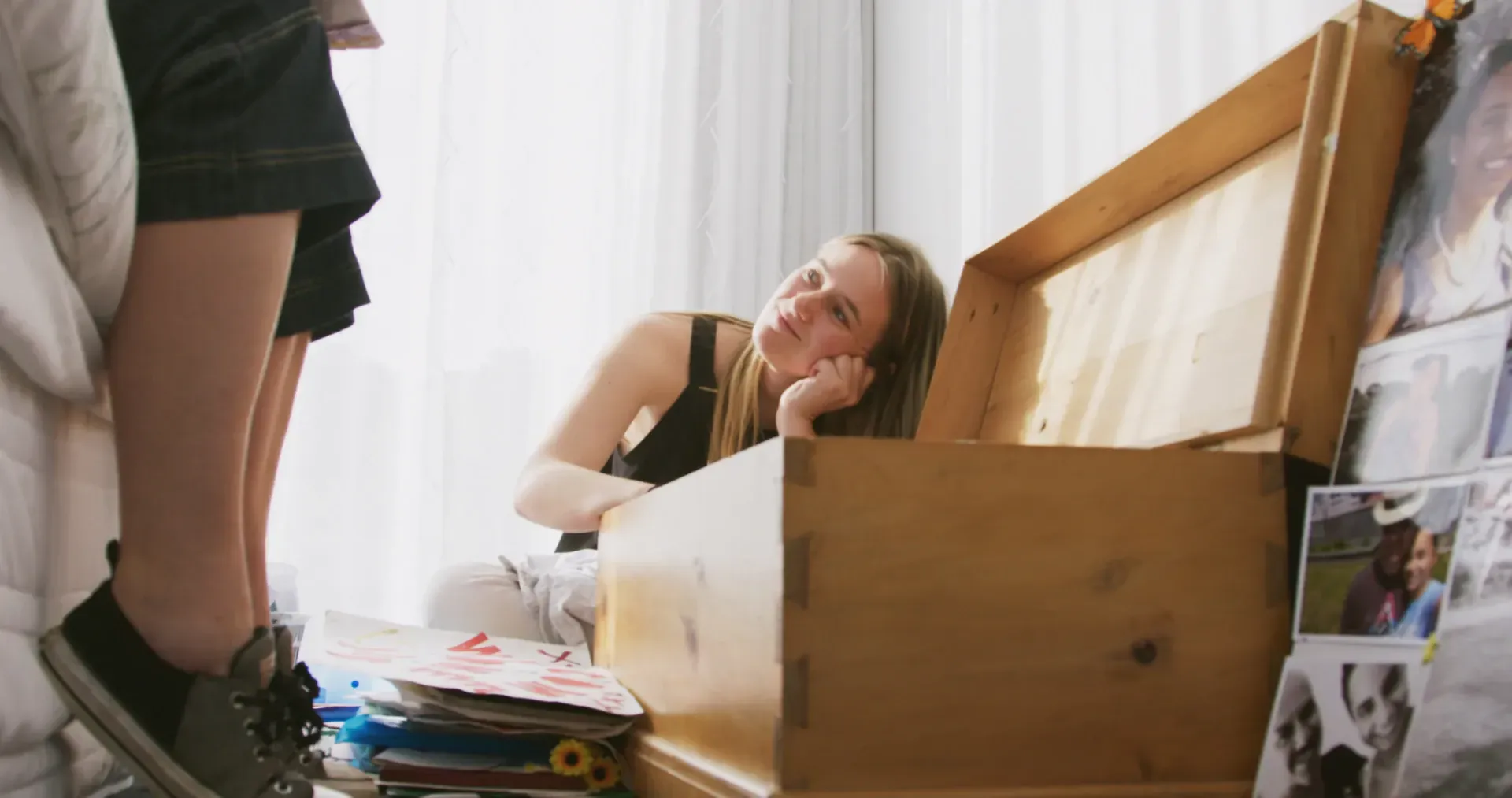Celebrating Arts Mavericks
Written by
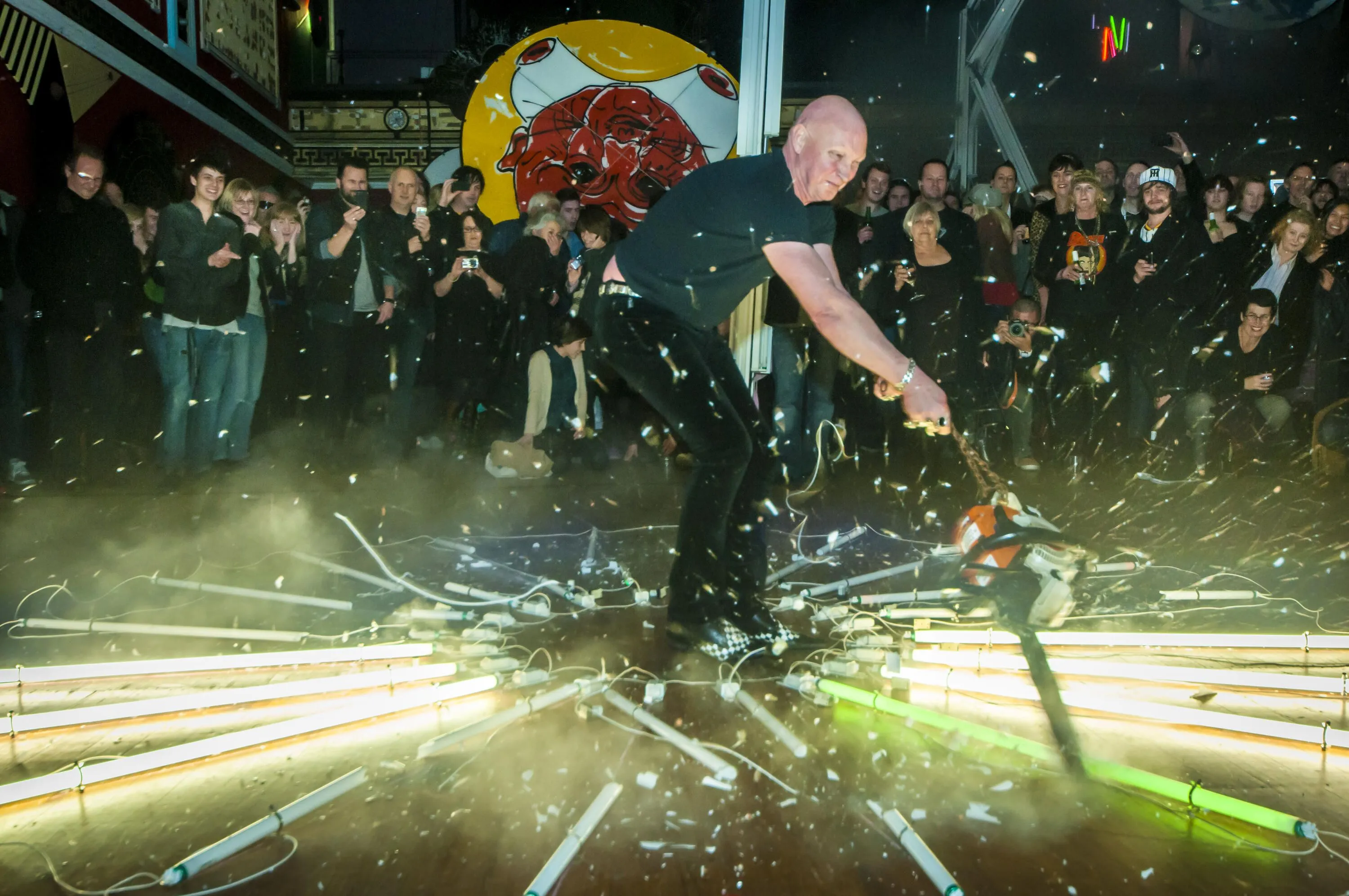
A loss for our culture
When talking about the biggest arts news of the week, the passing of one of Aotearoa art’s great mavericks should be top of the list for many.
Peter Roche, known for his large light sculptures and performances (short film by Sarah Graham Read here), has lost his battle with cancer, aged 63. Roche’s career began with a series of uncompromising, often downright scary performance artworks in the 1970s regularly based around the body and endurance.
Roche’s hardball, take-no-prisoners attitude was an inspiration for many of us. He stood for the determination and go-hard courage it often took to forge an independent life against the status quo. “A kind of punk Len Lye” is how Roche’s partner Natasha Francois neatly describes him as in this Stuff obituary. But there was also a beautiful, tough poetry to his work, co-opting the steely machinery of an industrial-military age.
There was always an edge of performance - danger always to watch out for. The image that accompanies this Lowdown captures a 2010 chainsaw performance. Photographer Stephen Perry notes he was still getting fine shards of glass out of his scalp days later.
On Facebook this week, art critic and Roche contemporary Wystan Curnow wrote, "I want to say that the time was when his work left everyone else’s new painting, book, performance, record gasping for air, unacceptably tame, compromised, and simply beside the point.”
An outsider through and through, Roche is notable for having a presence across New Zealand’s public galleries and collections with major works, but the creation of work for the market was not his way. Recently there was this notable typically tough Bartley and Company show in 2014, and a Silo installation reviewed here by John Hurrell, who writes of Roche’s passing as “a real loss for our culture”.
Roche’s independent example was also embodied by his residence in Point Chevalier’s Ambassador Theatre, a former rock and roll den, from 1995, where he made his work and ran a bar. Here’s a 2017 Stuff home feature that put a ‘lifestyle’ spin on the place. Roche’s funeral is at the Ambassador at 3pm on the day of this Lowdown’s publication, Thursday 30 July. There will be a livestream of his funeral that will be available online for six months.
Here to stay?
Another name that has attracted his fair share of headlines in recent times has been Behrouz Boochani, the controversial Kurdish-Iranian author who has been officially given refugee status in this country.
The role that the New Zealand and more specifically Christchurch literary community has played in this milestone is neatly explained here on The Big Idea by Nigel Malthus - including Boochani’s new role as a Senior Adjunct Research Fellow at the Ngāi Tahu Research Centre at the University of Canterbury.
It’s already been a major talking point by both sides of the political spectrum here and has made news internationally from the ABC to the BBC, and given he is seeking permanent residency, it appears this tale has more chapters to be written yet.
Ballet in the Bath
In this Stuff story, the heads of the Royal New Zealand Ballet discuss the company’s experience and response to COVID-19 lockdown.
With much of the international ballet world in some form of lockdown this version of Swan Lake with 27 dancers from around the globe performing in their bathtubs is a smash online hit. It’s part of a BBC Arts series called Culture Under Quarantine. RNZB New Zealand choreographer Corey Baker directed the film from his bathroom in London, which meant, says Stuff, he had a confined space to demonstrate moves during rehearsals. He described it as "like trying to hang a picture with your eyes closed from five miles away".
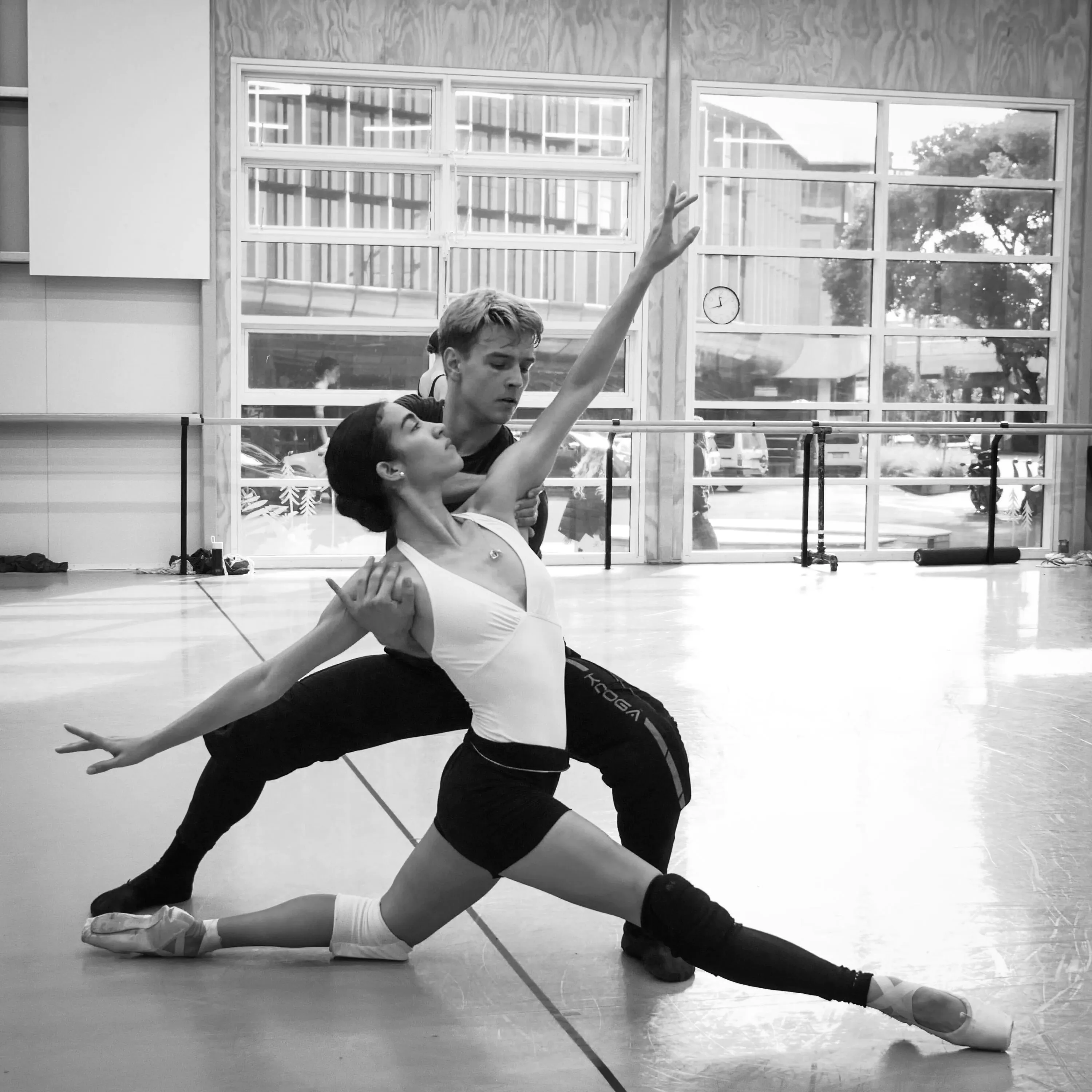
RNZB Dancers Ana Gallardo Lobaina and Levi Teachout in Ultra Folly by Sarah Foster-Sproull. Photo: Jeremy Brick.
It’s behind a paywall but here anyway is a link to Elisabeth Easther’s NZ Herald interview with outstanding New Zealand choreographer Sarah Foster-Sproull, currently in residence with the Royal New Zealand Ballet. You can however hear and see Sarah talking about her new work for the Ballet ‘Ultra Folly’ in this video at their beautiful new dance centre in Wellington. The work she says is indeed a ‘folly’, a way after COVID lockdown to enjoy the touch of other human beings. It’s part of the RNZB’s first tour back 20 August, Venus Rising.
Enter the asylum
Unitec’s Architecture, Art and Design faculty Unitec is sadly soon to vacate Carrington Hospital’s Building One in Point Chevalier - Auckland’s psychiatric asylum from 1865 to 1992, and a protected Category A historic place. Thankfully, there is a proposal needing support to repurpose this heritage site as a ‘cultural heritage, community arts, creative and wellbeing hub’. A survey with more information for those interested in being involved is now online With 270 studio spaces there is significant potential and Ngā Mana Whenua o Tāmaki Makaurau and the Crown are partners in the residential development of the site. They have asked the Point Chevalier Social Enterprise Trust to undertake a feasibility study on this project.
On the subject of wellbeing, Taurima Vibes, under the leadership of Borni Te Rongopai Tukiwaho (Tūhoe, Te Arawa, Tuwharetoa), is developing a creative sector hauora/wellbeing resource, Te Whakawhirinaki Kete.
This too is calling for the input of the sector - with a survey requesting your thoughts, experiences and ideas. Typical of the Taurima Vibes whānau, they’ve found a way to give it their own human touch too - providing a video with captioning and narration to make it as accessible as possible to all in the creative community.
Commonwealth care
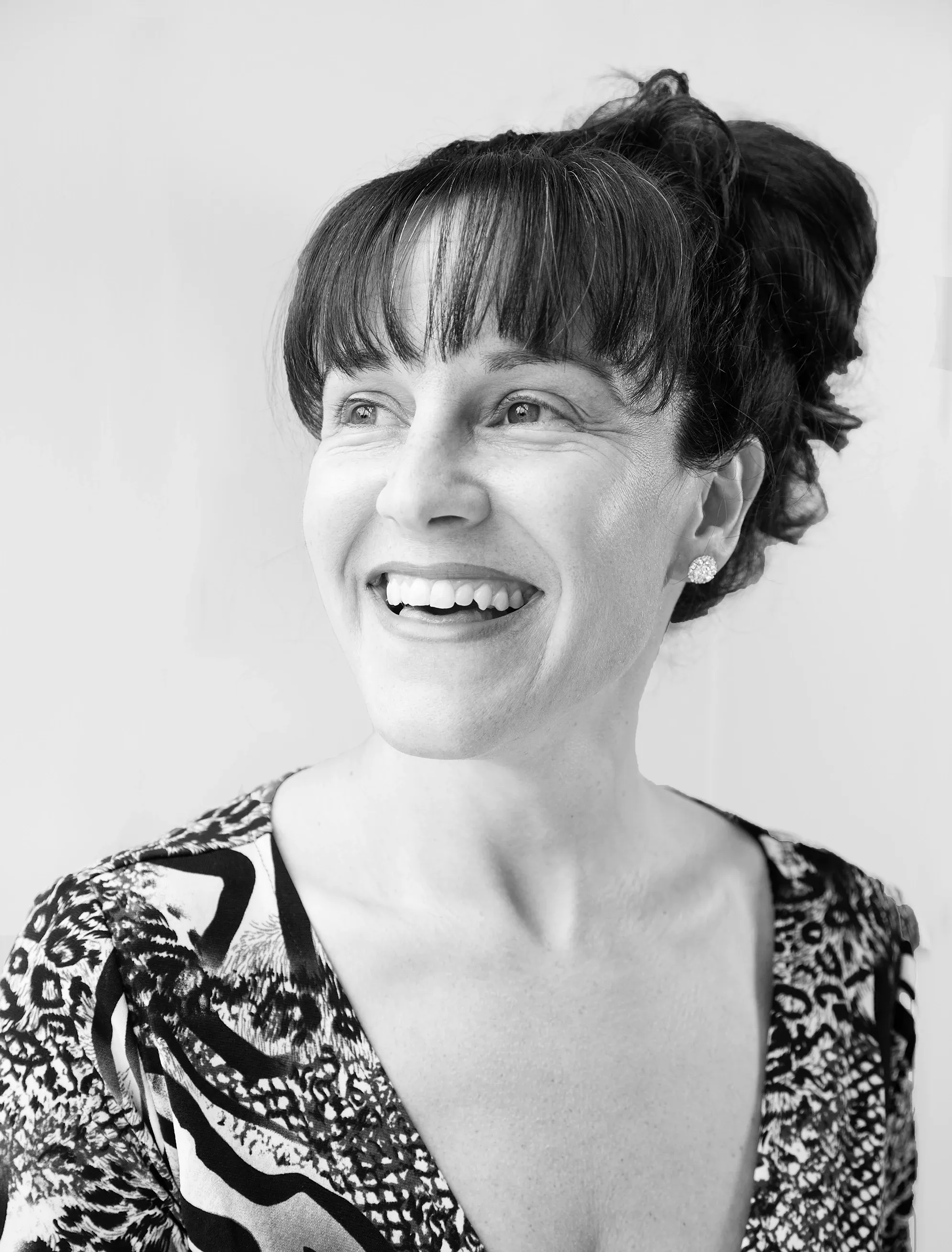
New British Council Director Aotearoa and Pacific, Natasha Beckman.
As our relationship to Britain has changed, it’s no longer so apparent that the British Council has been a major player in funding the arts in New Zealand, particularly in relationships between artists and the UK. Much like the huge cultural work internationally of the likes of the Goethe Institute. There’s a strong argument for that commonwealth care to continue, given both the bad and good sides of that colonial legacy.
So it’s heartening to see the appointment of a new Director of British Council New Zealand and the Pacific who is not only a New Zealander but comes with an arts and cultural background with some focus on Māori and Pacific arts. Natasha Beckman has worked in leadership roles with festivals, events and artist management, music industry, museums and galleries. She has a BA in Art History and Law and an MA in Art History from The University of Auckland, specialising in cross-cultural representation, Māori and Pacific arts. Previous Auckland based posts include at Auckland Museum and Auckland Arts Festival. While in Britain she was most recently Director of Urban Soul Orchestra and prior to that Visual Arts Officer, Arts Council England and Patrons Programme Manager, Venice Biennale for Creative New Zealand. See her The Big Idea interview from this Monday.
What’s waiting at the Station?
A new artist project space has opened in Auckland at the old Parnell Railway Station, in space managed by Te Tuhi. The first exhibition at Papatūnga has been curated by Te Tuhi's curatorial intern James Tapsell-Kururangi: Shaun Thomas McGill’s Durham Street West [Men's Convenience]. It’s reviewed by John Hurrell here at eyecontactsite.com.
Permanent to Parliament
Parliament announced Wednesday night that the Wellington Sculpture Trust, after working with Speaker Trevor Mallard, is to commission a sculpture to celebrate “the journey the women of Aotearoa New Zealand made to become Members of Parliament.” Trust chair Sue Elliott says the work is “not to celebrate one woman, but the journey of many who fought for the right for women to vote.”
An advisory panel meets soon to draw up a brief which will then be sent to selected artists for initial proposals. It’s hoped the work will be installed prior to the 130th anniversary of the franchise for women in New Zealand. It will be interesting to see whether the panel avoid a figurative sculpture on a plinth as has been historically common, and the subject of much colonial concern. Women artists do have a strong record of producing public work that avoids the pillar and instead plays closer to the ground, a proposition which would be fresh for the parliament grounds.
Acclaim for the critics

Still from Leanne Pooley’s film The Girl on the Bridge.
Missing Fiona Rae’s NZ Listener television brief reviews? Over on the Public Address Rae is still doing short pithy wrap-ups of what’s interesting television and streaming - a great wee resource when there is so very much to see.
Speaking of an embarrassment of riches, Whānau Mārama: New Zealand International Film Festival is now well underway with its fulsome programme available to watch online. That includes some online Q and As with film directors, here and overseas, which you can catch up on with the Festival’s Facebook page. Included is a Q and A with NZ director of The Girl on The Bridge Leanne Pooley.
But what to watch? All hail the arts critic, who at least for the commercial film industry has a place preserved in the mainstream media. You can catch Stuff and Newshub reviews, but I’m particularly enjoying and finding a far more useful plethora of mini-reviews which are easy to navigate at Flicks. More such initiatives would be welcomed (send me news on these).
In terms of previews, writers from The Pantograph Punch have given their picks and Christchurch radio station RDU are doing a terrific job of interviewing and podcasting the NZ film directors here. Which leads me to take a pause at this point to remember and point you to the terrific late arts review site The Lumiere Reader.
Finally, premiering this week is a suite of short artist films which includes a new work by Gavin Hipkins, and looks at Dane Mitchell and Virginia King at the Venice Biennale. Part of the Pasifika shorts is Robert George's piece following performance artist Kalisolaite ‘Uhila, I Am the Moment.
In other film news The Turn of the Screw, a film adaptation of the classic Henry James ghost story, adapted by and directed by Alex Galvin has its World Premiere at the Shanghai International Film Festival this Saturday (trailer here). It premieres in New Zealand in Wellington on 6 August, and Auckland 12 August. This film adaptation changes the location to present-day Wellington and its Opera House.
The free watch of the week has to be the RNZ Music short video seven-episode series on New Zealand hip-hop, with director Chris Graham bringing artists’ voices to the fore. The first episodes on Upper Hutt Posse’s E Tu and Sisters Underground In the Neighbourhood brought tears to the eyes.
Celebrating our pioneers
The Wairarapa Eco Farm was, says RNZ’s Standing Room Only, ahead of its time. It was our first community-supported agriculture venture where people paid in advance for a season's produce, providing to boost a thriving ecosystem surrounded by monoculture. Photographic artist Ann Shelton has been a customer for 14 years and has now based a project around it considering sustainability, food security and ethics, and the history of gardens in art. Mother Lode is on at Wellington’s Bartley + Company Art and an accompanying book features digital drawings and a short story by Pip Adam. Ann spoke to Lynn Freeman.
This year marks the 30th anniversary of a rather influential show of contemporary Māori art, Choice! at Auckland’s Artspace. Robert Leonard has marked the occasion with this short blog.
Artist Ana Iti has written a rich commentary on an exhibition considering the rich history of exchange between Māori and Pākehā in contemporary jewellery. Curated by recent Dowse Art Museum curatorial intern Gina Matchitt, Ngā Hokohoko is a gorgeous show.
